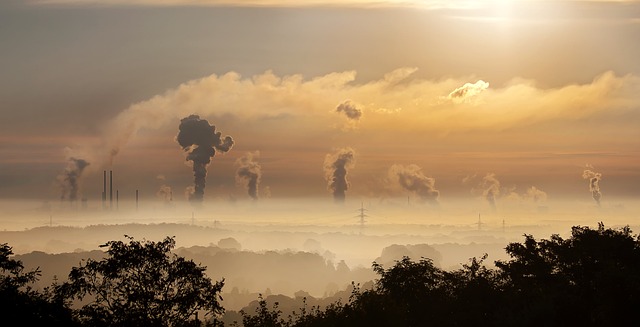Lynas released on January 22 its operating performance for the second quarter of fiscal year 2024 as of December 31, 2023: the total production of rare earth oxides (REO) in the second quarter of this fiscal year was 1,566 tons, down from 3,609 tons in the first quarter. Sales revenue also fell to A$112.5 million from A$128.1 million in the first quarter. The announcement also expects production in the third quarter of the current fiscal year to be around 1,500 tonnes, while production for the six months to June 2024 is expected to increase slightly from previous estimates, at between 3,200 and 3,400 tonnes.
Lynas CEO comments:
The quarter ending December 2023 is an exciting time for Lynas, with the first material from Mount Weld being introduced to the Kalgoorlie rare earths processing facility, and Lynas Malaysia temporarily shutting down for large-scale upgrade works, which will be completed by December 2024. The praseodymium and neodymium production capacity has been increased to approximately 10,500 tons per year.
Of note, as announced on October 24, 2023, we made changes to Lynas Malaysia’s operating license, which allows the continued import and processing of lanthanides, with concentrates from the Lynas Malaysia facility sourced from Western Australia The MtWeld Mine. The revised operating license is valid until March 2, 2026, and its receipt is a welcome confirmation that the Lynas Malaysia facility will continue to be fully operational.
Due to the temporary suspension of the upgrade project of Lynas in Malaysia, the output of praseodymium and neodymium was lower than the previous quarter. This quarter was 901 tons, down from 1,526 tons in the previous quarter, a decrease of 40.96% from the previous quarter. Total rare earth oxide (REO) production in the quarter was 1,566 tons. These production results show that rare earth oxide production performed strongly in the month and a half before the temporary shutdown that began in mid-November.
During the shutdown period, the sorting capacity was modified and improved to improve the reliability of sorting. The cracking and leaching work of Lynas in Malaysia was successfully and safely completed. These projects represent the most significant renovation of the Malaysian processing facility since its construction.
As implementation of Malaysia’s new flowchart progresses, plans announced on October 20, 2023 have been finalized. This new plan makes production smoother.
Lynas’ quarterly report shows:
Lynas currently expects production for the March 2024 quarter to be approximately 1,500 tonnes, with production for the six months ending June 30, 2024 expected to increase slightly from previous estimates, between 3,200 and 3,400 tonnes. The new production capacity will still reach the target of 750 tons/month.
In the December quarter, Lynas temporarily stopped operations due to capacity upgrades, resulting in lower production. Part of the losses at the Lynas factory in Malaysia were compensated by selling inventory. At the same time, inventory levels are now back to normal following changes in operating license conditions in Malaysia. Sales revenue was $112.5 million and sales collections were $107.1 million, reflecting continued low product sales mix and rare earth prices during the quarter.
Lynas also mentioned the sluggish price of rare earths in its performance report. Let’s review the price trend of rare earths in 2023.
Judging from the historical trend of SMM rare earth prices, in 2023, the annual decline of praseodymium and neodymium oxide will be 37.76%, the annual decline of dysprosium oxide will be 0.2%, and the annual decline of terbium oxide will be 46.95%. Both light rare earths and medium and heavy rare earths have declined in 2023.
Entering 2024, according to SMM quotations, on January 23, rare earth prices remained stable overall, and the price of praseodymium and neodymium oxides remained unchanged at 400,000-403,000 yuan/ton. According to SMM research, due to the rapid decline in oxide prices in the early stage, the profits of upstream mining holders have been greatly compressed. With profit margins repeatedly tightened, miners are not willing to ship at low prices. In addition, the Chinese New Year holiday is approaching. On the one hand, downstream metal plants have low raw material inventories due to the rapid decline in prices in the early stage. On the other hand, they are also facing the pressure of imminent logistics outage, and their willingness to stock up and purchase has increased. Although the current demand has not improved significantly, the inquiry activity and trading volume in the rare earth market have increased last week. Entering this week, with the approaching holiday dates of some downstream metal plants and the early replenishment, a certain amount of inventory has been accumulated. The current market trading is relatively light and the overall price of rare earths is relatively stable.
“Source: Shanghai Metals Market”

 English
English


